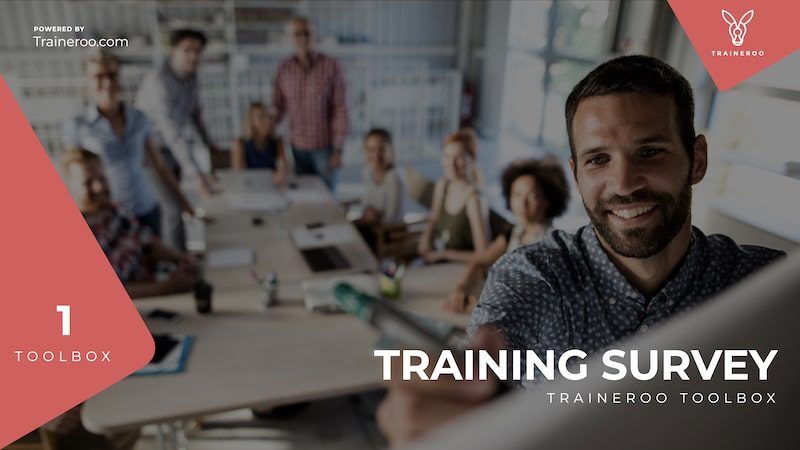
Measuring the Return on Investment (ROI) in learning and development initiatives is tough to do. The impact of the learning programs can only be truly measured over a period of time. In today’s rapidly changing workplace, it’s essential for teams to embrace continuous learning to stay competitive and achieve long-term success. Learning longevity – the ability to learn, unlearn, and relearn – is critical for individuals and teams to adapt to new technologies, processes, and customer demands.
Why Learning Longevity should matter to you
Investing in learning longevity can have a significant impact on your team’s productivity, innovation, and overall success. Not only does it help team members stay relevant and adaptable, but it also fosters a culture of growth and development within your organization. Here are three reasons why building a culture of lifelong learning matters for teams:
- Improved Performance: Teams that prioritize learning longevity are more likely to be high-performing, as they continually seek to improve their skills and knowledge. By embracing new ideas and approaches, teams can solve problems more effectively, innovate, and deliver better results.
- Increased Engagement: Learning is a powerful motivator for employees, as it gives them a sense of purpose and growth. Teams that prioritize learning longevity can boost employee engagement by providing opportunities for professional development, mentorship, and feedback.
- Future-Proofing: By investing in learning longevity, teams can future-proof themselves against disruptive technologies and market shifts. They can anticipate changes in customer needs, industry trends, and emerging technologies, and adapt their strategies accordingly.
The ROI of Learning Longevity
You want numbers? We’ll give them to you! High growth companies know the importance of learning and development. In fact, 55% of high-growth companies averaged 30-50 learning hours per employee, per year. In contrast, 61% of low-growth companies had only 0-30 hours of average learning per employee, according to a LinkedIn research study. The same study noted that 59% of high-growth companies spent above average per employee (in 2019 it was $1,300 per year) on Learning and Development.
According to a study by Bersin & Associates titled “High-Impact Learning Culture: The 40 Best Practices for Creating an Empowered Enterprise,” these same high impact learning organizations, tend to significantly outperform their peers in several areas:






What is Learning Longevity?
Learning Longevity is all about keeping the learning experience alive. In what ways can we gather information to facilitate improvement in the future? How can we ensure that L&D is integrated and not a ‘one off’? How can we collect information, to optimize (and keep optimizing) talent development and sustain learning?
Learn more about the importance and power of creating a learning longevity culture? Download our (free) white-paper “Moving from ROI towards Learning Longevity‘. Including 5 tools to get you started!
How do you increase ROI from the (personal) development of employees and teams? How do you make the effect of your Learning & Development strategy measurable? Download the white paper “Moving from ROI towards Learning Longevity” for free, written by Rozemarijn van der Post, Learning & Development Manager at Traineroo.com. You will also receive 5 tools to facilitate the transition!










